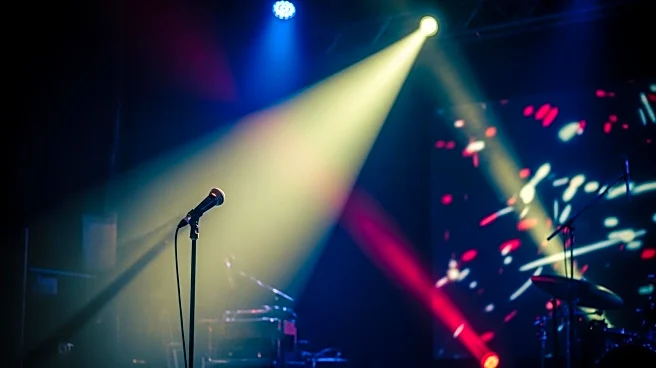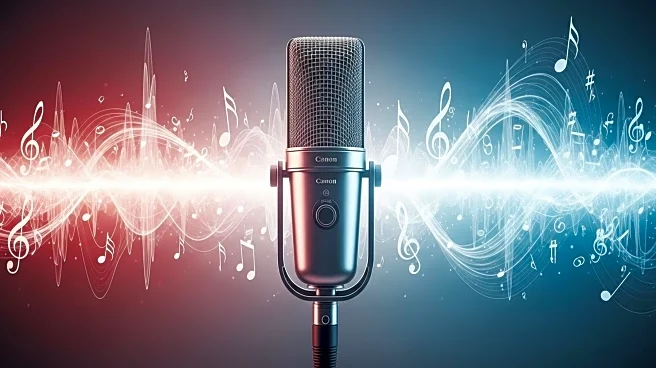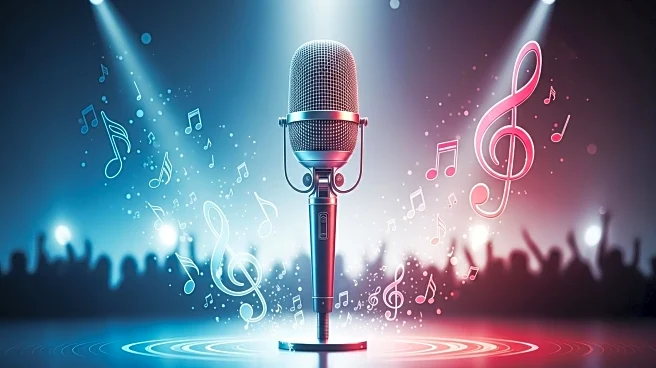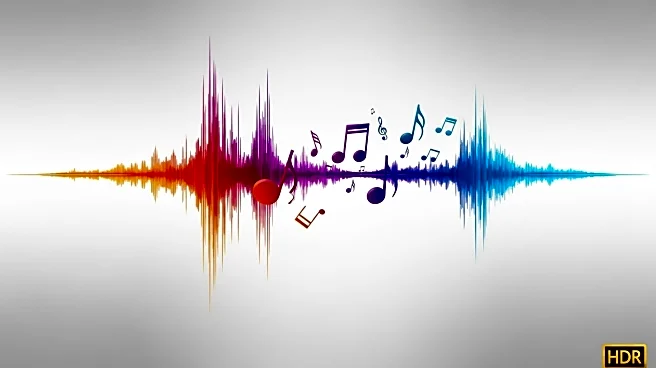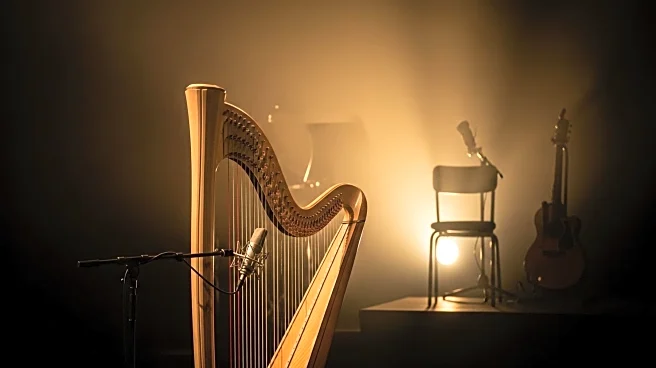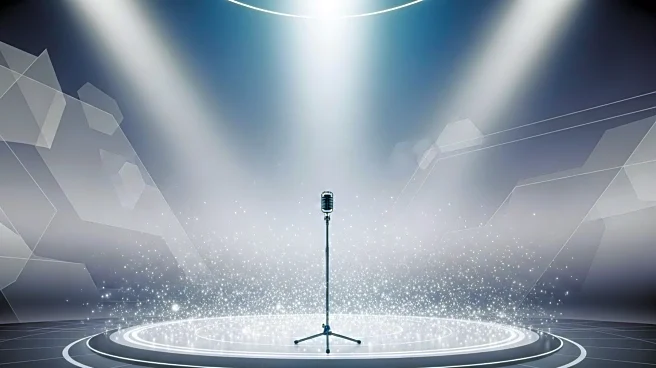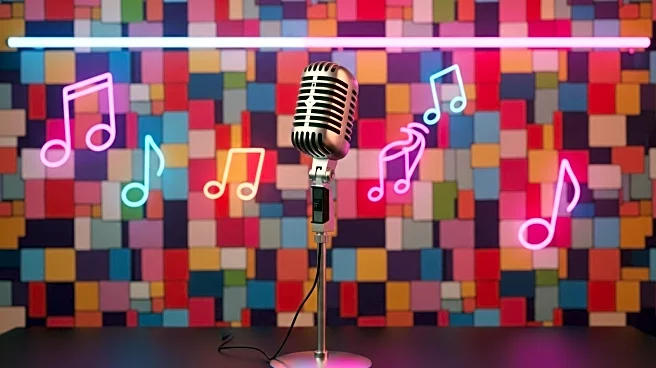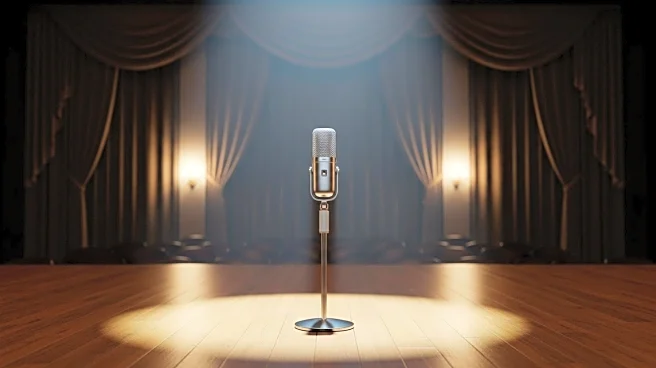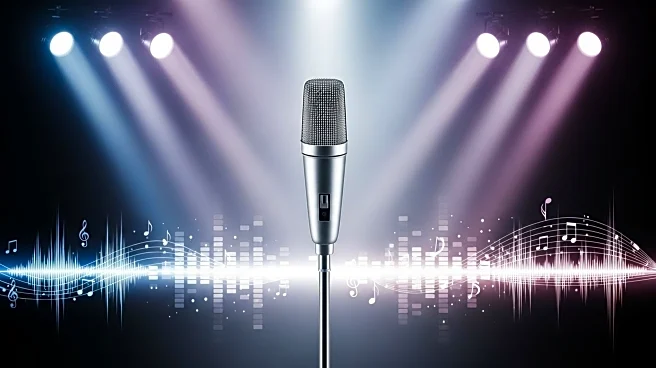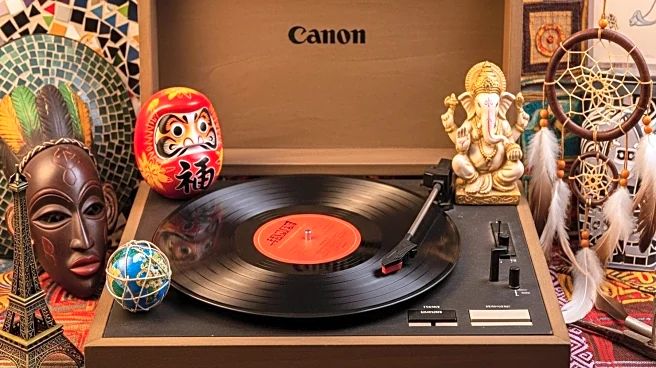What's Happening?
Olivia Rodrigo has announced the release of a live album titled 'Live at Glastonbury (A BBC Recording)', set to be released in December. This album will document her entire set at the Glastonbury festival, including a cameo by Robert Smith on covers of two Cure songs. The announcement is notable as live albums have become rare in the current music industry landscape, with few major pop and rock artists opting for this format. Historically, live albums provided a 'you-are-there' listening experience, showcasing aspects of a musician's work not captured in studio recordings. Despite the decline in popularity, Rodrigo's decision to release a live album may signal a potential revival of this format.
Why It's Important?
The release of a live album by Olivia Rodrigo could have significant implications for the music industry, particularly in the pop genre. Live albums have traditionally served as a way for artists to connect with fans by offering a raw and authentic performance experience. In an era dominated by digital streaming and curated studio albums, Rodrigo's move might encourage other artists to explore live recordings as a viable option. This could lead to a resurgence in the popularity of live albums, offering fans a different way to experience music and potentially impacting revenue streams for artists and record labels.
What's Next?
As Olivia Rodrigo prepares to release her live album, industry observers will be watching to see if this sparks renewed interest in live recordings among other artists. The reception of Rodrigo's album could influence whether live albums become a more common release strategy in the future. Fans and critics alike will be evaluating the authenticity and quality of the live performance captured in the album, which could affect its success and impact on Rodrigo's career. Additionally, the album's performance in terms of sales and streaming could provide insights into the viability of live albums in the current music market.
Beyond the Headlines
The decision to release a live album also touches on broader cultural and technological shifts in the music industry. With the rise of platforms like YouTube and streaming services, fans have access to live performances without purchasing albums. Rodrigo's move challenges this trend, potentially redefining the value of live recordings. It raises questions about the authenticity of live performances in an age where pre-recorded elements are often used. This could lead to discussions about the role of live music in an artist's portfolio and its impact on fan engagement.
